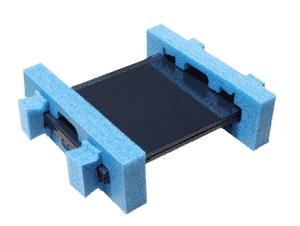Home » 7 Trends to Watch in Protective Packaging
7 Trends to Watch in Protective Packaging
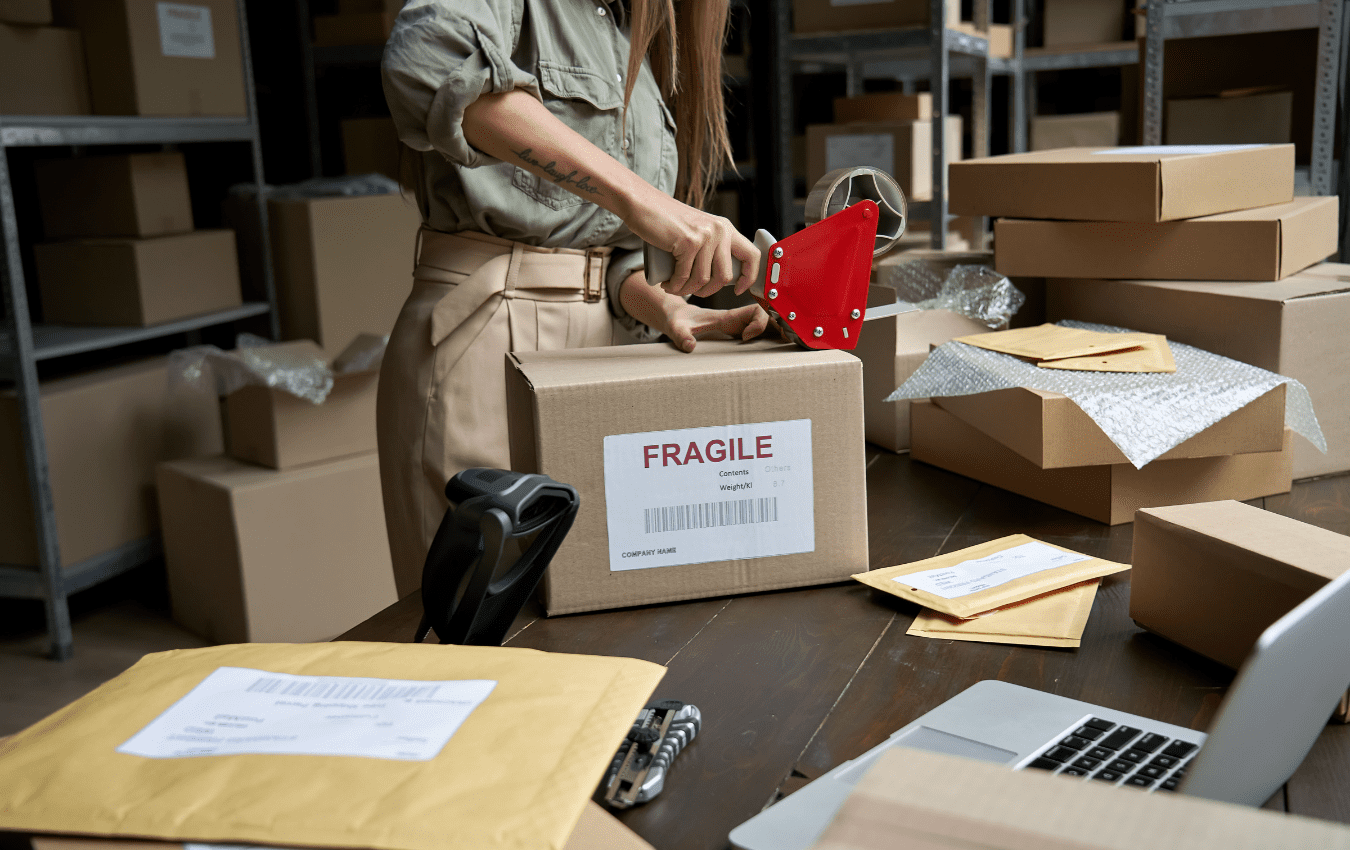
In an increasingly competitive and environmentally conscious world, protective packaging has become an essential component of product manufacturing and delivery. The demand for efficient and sustainable packaging solutions has driven innovation in this sector. From reducing waste to improving product protection, several emerging trends are shaping the future of protective packaging.
In this blog post, we will explore some of these trends and their potential impact on the industry.
Sustainable Materials
One of the most significant trends in protective packaging is the shift towards sustainable materials. With growing concerns about plastic pollution and environmental impact, companies are actively seeking alternative packaging materials. Biodegradable and compostable materials such as plant-based plastics and recycled paper are gaining popularity. These materials offer the same level of protection while minimizing environmental harm and reducing waste.
Minimalism and Right-Sizing
As consumers become more conscious of excessive packaging, the trend of minimalism has gained traction. Right-sizing packaging involves using the smallest amount of material necessary to protect the product adequately. This approach not only reduces waste but also lowers shipping costs and improves overall efficiency. Custom-fit packaging solutions and innovative designs that eliminate unnecessary components are becoming more prevalent.
Protective Cushioning Innovations
Protective cushioning is a critical aspect of packaging that ensures products are delivered intact. Traditional cushioning materials like expanded polystyrene (EPS) foam are being replaced with more sustainable alternatives. Biodegradable air pillows, paper bubble wrap, and molded pulp inserts are gaining popularity as they offer excellent protection and are eco-friendly. Additionally, advances in technology are enabling the development of smart cushioning materials that adapt to different product shapes and provide optimal protection.
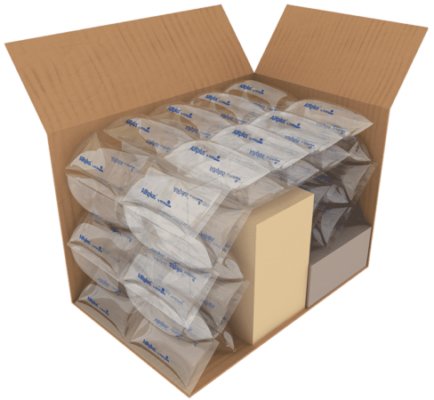
Intelligent Packaging
Intelligent packaging, also known as active packaging, is an emerging trend that integrates smart technology into protective packaging. It involves incorporating sensors, indicators, and RFID (Radio-Frequency Identification) tags to monitor various aspects of the product, such as temperature, humidity, and shock during transit. This real-time data helps identify any potential issues or damage, enabling proactive measures to be taken. Intelligent packaging not only enhances product safety but also improves supply chain visibility and customer experience.
E-commerce-Focused Packaging
With the exponential growth of e-commerce, packaging requirements have undergone significant changes. The rise in online shopping has increased the need for protective packaging that can withstand the rigors of long-distance shipping and handling. Additionally, packaging designs are now being optimized for efficiency, as bulky packages not only occupy more space but also contribute to higher shipping costs and environmental impact. E-commerce-focused packaging aims to strike a balance between protection, cost-effectiveness, and sustainability.
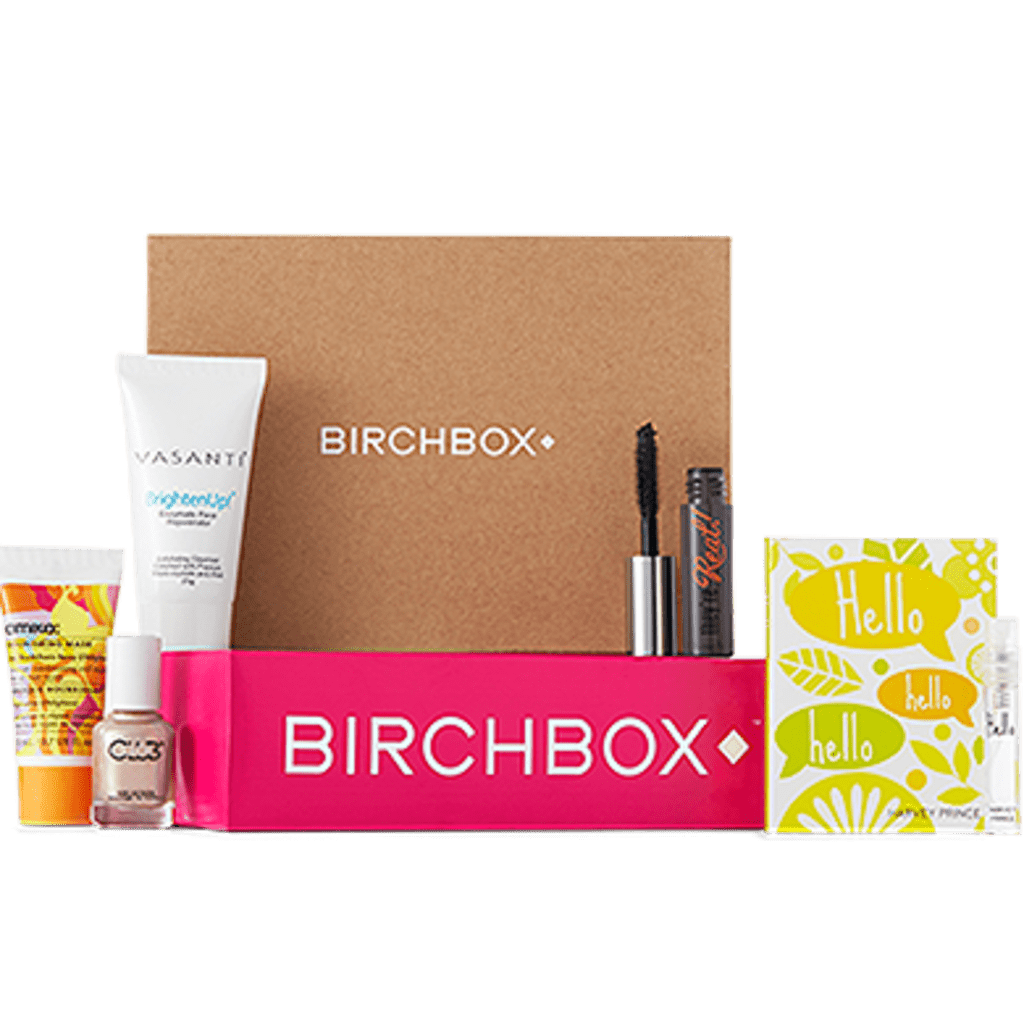
Personalized and Interactive Packaging
In the era of personalization, packaging is also evolving to provide a unique and interactive experience for consumers. Brands are using innovative printing techniques, augmented reality (AR), and QR codes to create engaging packaging designs. Interactive packaging not only enhances brand visibility but also allows customers to access additional product information, promotions, and loyalty rewards. It adds value to the overall consumer experience and helps foster brand loyalty.
Recyclability and Circular Economy
The concept of a circular economy, where resources are kept in use for as long as possible, is gaining momentum in the packaging industry. Manufacturers are focusing on developing packaging materials that are easily recyclable or made from recycled content. Designing packaging with disassembly in mind facilitates the recycling process. Furthermore, initiatives such as take-back programs and partnerships with recycling facilities help ensure the proper disposal and recycling of packaging materials.
Conclusion: Protective Packaging Trends
Protective packaging is continuously evolving to meet the demands of an ever-changing business landscape. Sustainable materials, minimalism, intelligent packaging, and personalized experiences are shaping the future of this industry. As consumer preferences and environmental concerns continue to drive innovation, companies must stay abreast of these trends to remain competitive and meet the evolving needs of their customers. By embracing these trends, the protective packaging industry has the potential to create a more sustainable and efficient future.
If you are interested in protective packaging solutions, then partner with Brown Packaging today to get started.
Phat Snax is redefining the snack aisle with a mission to make America’s snacks better for you — without killing the flavor. Their products, like
When choosing corrugated packaging, box style directly impacts cost, strength, speed of packing, and customer experience. Two of the most common options are the Regular
The holiday season pushes packaging supply chains to their limits. With surging e-commerce demand, constrained carrier capacity, and rising material costs, packaging buyers must navigate
Subscription boxes experience a surge in demand during the holiday season as shoppers purchase gift memberships and curated kits. Packaging for these shipments must balance
Fragile products like glassware, electronics, and specialty gifts are especially vulnerable during the holiday rush. With more handling points, packed trailers, and faster fulfillment, the
Shipping costs surge during the holiday season as carriers raise rates and surcharges. For packaging buyers, box design directly impacts freight spend. Oversized cartons, excess
Home » 7 Trends to Watch in Protective Packaging

Packaging inserts, also known as inlays or box partitions, play a critical role in the packaging industry by enhancing product protection, presentation, and customer experience.
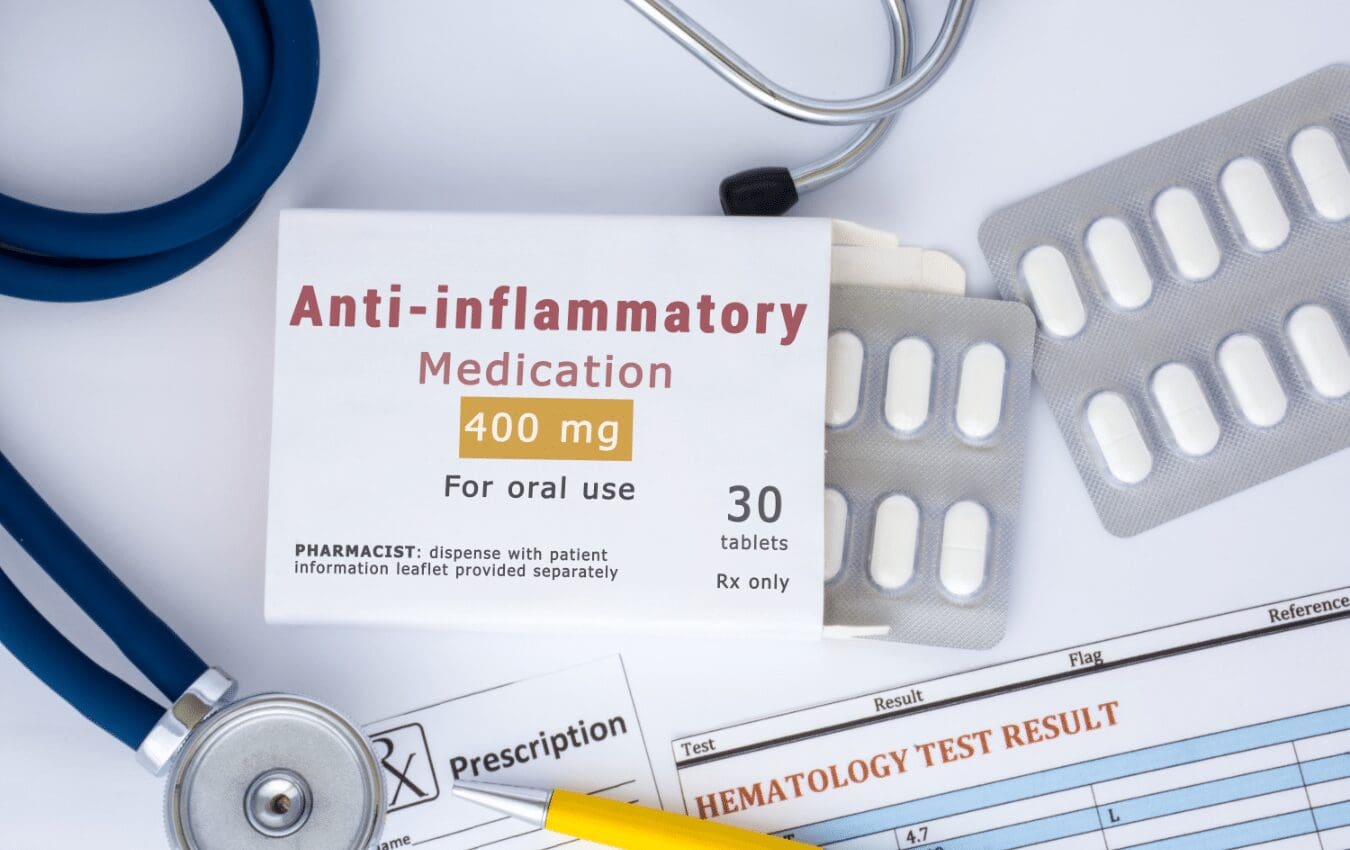
In our daily lives, we come across a plethora of pharmaceutical products, either in our personal capacity or via someone close to us. In this
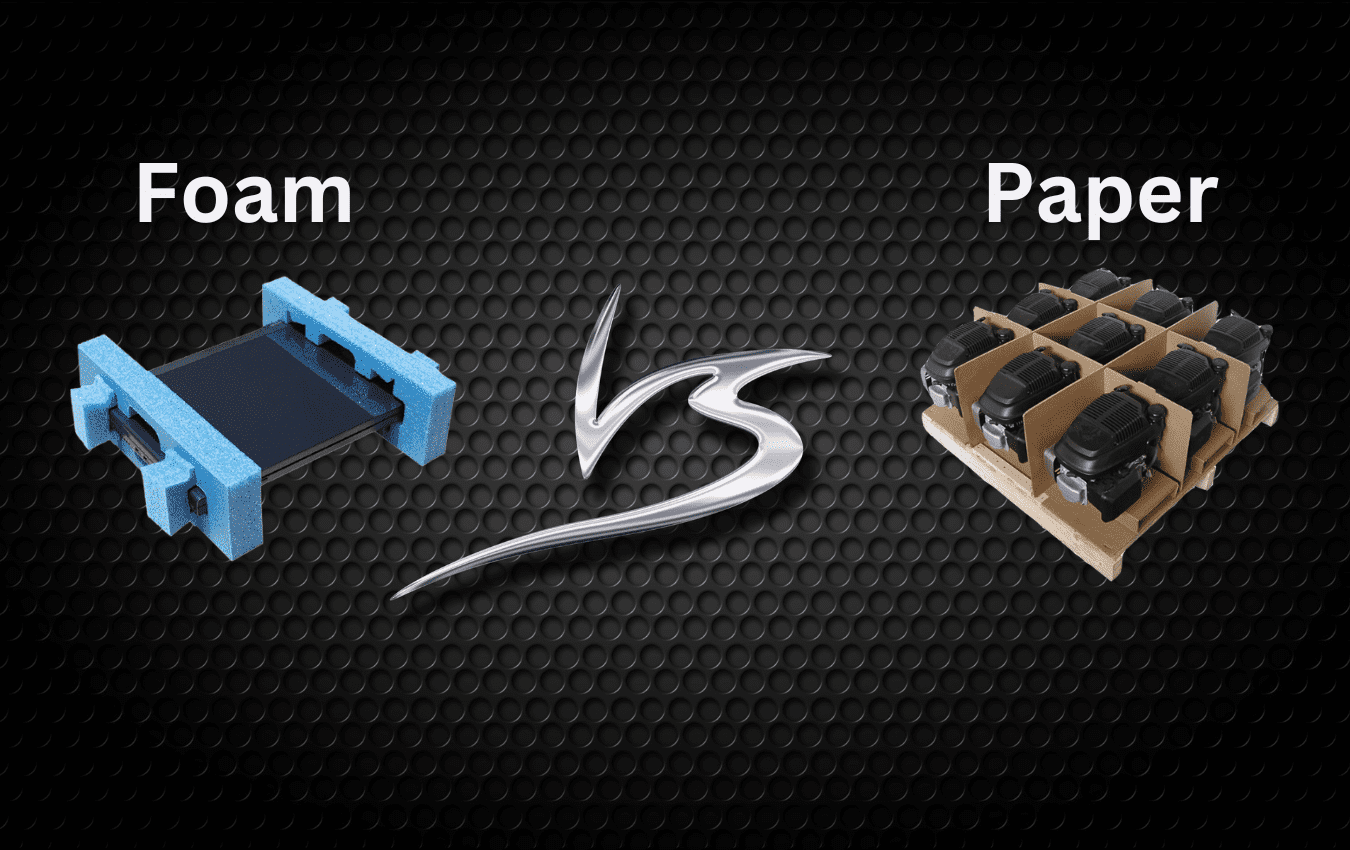
In the world of e-commerce and supply chain management, the need for reliable packaging materials cannot be overstated. From the careful encasing of fragile items


